To celebrate the recent election victory of Greens candidate Jonathan Sri, the most Reverend Hellfire (“The Rev”) has, seemingly oddly, blogged an anti-bike sermon (here). The Rev is the convener of Kurilpa poets, a community DIY poetry reading. He argues that bike riders should “register their vehicle and apply for a driving license like everyone else.”
We already get the “buy a car” idea with mention of the nondescript righteous, the haloed “everyone else.” We might also begin to discern a fiery brand not of clergy, but of radio announcers. In the meantime let us follow The Rev’s discussion of safety issues to wonder whether he really does licence the conclusion we need bike licences, not to mention number plates and the rest that comes with presumably expensive registration.
Perhaps we can also clear up the mystery of how attacking cyclists can be associated with green politics. Already Sri is known to play the double game of trying to get cred from association with anarchists while also avoiding green initiatives that cannot be used to further parliamentary ambitions (here), though it also has to be admitted that Sri is an avid cyclist. In any case, at what cost does recognition by the mainstream come?
A vice of the young
The Rev starts, as everything does, with youth. He writes:
“You have strong legs and plenty of time and energy. Later you get older and have busier schedules. You have kids… You get older still and a bit frailer and the idea of risking your brittle bones on a busy road is even less attractive. But arrogant young alternative bicycle enthusiasts never consider the needs or frailties of others.”
Cars, it should firstly be noted, also often chew up time in a busy schedule. Bikes are way cheaper than cars, and for a start that means you have to work less. Sure, you can buy all the lycra, and a top of the range bike as costly as a car. Sure there are other rorts – bikes with side pull brakes that shit themselves by beginning to lean usually within a year. The bracketing makes a long-term fix impossible, creating disposable bikes (notice many chuck-aways have side pull). Or you can buy the latest gimmick bike with the 3 inch wide wheels so you can pretend you are riding a motorbike. But you don’t have to fall for these clumsy attempts to make what is basically a cheap form of transport more capital-intensive. We can consider the costs of car driving as we go on, since these are indeed ongoing.
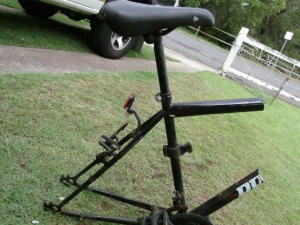
Time saving in a car also depends where and when one is driving. In a city over shorter distances, especially in peak hour, bikes are quicker. Factor in the car driver finding and maybe paying for a park. And making up for lost fitness (on an exercise bike perhaps). Not to mention the expensive time-cancerous adminisphere surrounding car use – exactly what we want to avoid the Rev foisting on bikes. So back to the young and the dangerous.
Kids do by far most often ride bikes. In one Australia-wide survey conducted between 2011-2013 inclusive 44.4% of children 2-9 had ridden a bike in the past week, the highest result of any age group. But it did not just go down from there. In the same survey where 10.6% of adults aged 18-29 had ridden during the week, 12% of those between 30-49 had ridden. It’s true only 6.2% of those over fiddy had ridden, but that conflates people only a few years older than me (am 49 writing this 2016) with those in their 80s, 90s and the hardy souls who are even older, but, as The Rev indicates, probably not astride pedal-powered Rocinantes. (1)
Given today’s conditions cars are necessary for some people, whether these folk be infirm, parents of kids too big to carry but too small to ride, or for commuters with certain kinds of bodies. Cars also serve anyone moving heavy loads or travelling long distances.
Bikes remain a great way to keep fit as sol continues to indefatigably pass over one’s head. The only way I can keep up with the younger more serious people at martial arts, my instructors think, is because I ride everywhere. It’s one of the best things for the arthritis in my knee I’ve had since 47. Exercise without weight bearing – physios and doctors have recommended I start riding. “Start?” I ask smugly, pointing outside to where my metal mount is hitched.
Whoever is or is not on a bike, it’s chunks of steel and plastic usually in excess of 800kg, most often moving at speeds of around 50 or more kph, that will do the damage. See those SUVs and others bullying tiny pedestrians when the green man is flashing? People are pressured to get their money’s worth in a car, lost inertia costs more, and any damage done is much greater than for bikes.
Rev paints riding as a generational issue, the young taking over the roads and behaving recklessly. But the reality of bike use is less generationally clear cut. He implies recklessness goes plaster cast in hand with youth. But even granting we all like to pretend we are Mad Max in our teens, cars are likely to do the damage, and we might ask what licensing or rego has done to ameliorate that consideration. Sure you can be fined, but that just makes those extra few seconds a prestige commodity sold by cops. The same way, in fact, private roads are marketed though usually by some different sales types. If it doesn’t work for the real killers, why is the added bureaucracy needed for bikes? If anything, education is in order, not more bureaucracy. By all means, though, let us further explore this safety issue.

Death on two wheels?
To keep the safety issue in perspective, note that on the nation-wide abattoir that are our roads, car drivers are busy smashing themselves into sweet oblivion without any assistance from push bikes thanks very much. Usually at the rate of about 400 a year in Queensland alone. It’s the ultimate sex death kick, your gear stick and a starlet’s or handsome US president’s crotch, some x-ray pornography, the mangled model still wearing her cherry red lipstick on the bonnet of the latest plastic lemon. And I am glad to say pushies are not part of the “glamour” (in the old Irish sense of an evil spell).
In 2010-2014 bikes were involved in 3.7% of Queensland traffic fatalities and 15.2% of hospitalisations. Police put riders as accounting only 4.4% of road injuries. Hospitals here think the police figure too low (2). What the hospitals might mean is that the girls/boys/intersex in blue are including minor car driver/passenger injuries like seat belt traumas or minor neck injuries, reported and perhaps requiring physio, but neither receiving attention from a GP nor undergoing triage. Without these included then, yep, pushies will account for a larger percentage of accidents. But even if so, and certainly not wanting to be a crap anarchist and side with the cops, these more minor motor vehicle incidents should be included for fairness sake. Rider injury stats, after all, will presumably also include minor incidents.
It might be objected that obviously bike riders are minority road users, so equally obviously they will likely account for smaller percentages. Still, let’s just note the fact that the large remainders left over from the pushie percentages (deduct the small pushie accident % from 100%) are almost all motor vehicle accidents.
Furthermore, if we ignore this point and use the minority statistical status of bikes to try and claim any given bike is nevertheless is as or more dangerous than a motorised vehicle, we should also recall bikes force greater road courtesy. It is easier to be rude sealed up in a plastic bubble or steel chassis. In a car it’s harder to converse with anyone outside your vehicle, and many cars contain but one driver. Of course you can drive and use your MOB at the same time, an unlikely activity we can think more about below.
Right now you might be starting to feel the need for more facts about accidents. The Rev would have felt this need too, but in the tradition of certain radio announcers, he ignored it, presumably to distract from the fact that cars are what should be feared. Instead The Rev blithely informs us that by themselves swerving insanely, bike riders cause cars to swerve into each other, and so are responsible for all sorts of road-wide turmoil. However we will now find that accident percentages at most insignificantly involve cars swerving to miss kamikaze pilots who have traded in fighter planes for two wheels of death.
The Rev’s declension
Greek Epicurean philosophers once used a swerve in the falling atoms that they thought made up the world to account for cosmic chaos (“declension”). A small swerve introduces other swerves and instead of a zen whole, we wind up with the recalcitrant universe. By contrast, the Rev’s bike swerve does not account for nearly so much, not even for the chaos on the roads.
Having criticised The Rev for lacking facts, in this section I am going to be a bit hypocritical and not link a whole bunch of pages, which to my credit I did check. Swerving bikes do not rate in any of the top causes of traffic accident on any web page on the matter from anywhere in the world, at least that I could find. But search yourself.
Admittedly causes on some pages were place-specific: on one site eating while driving was a high-ranking issue. There was a photo of a bearded tank-topped rotund, hands off steering wheel, driving while consuming what looked like a massive chunk of steak smothered in some kind of sauce, jammed between large buns. The information on this particular site was, stereotypically enough, specific to Texas. But pushbikes are omnipresent, and if the swerve was a big deal like The Rev thinks, you’d think it would crop up somewhere.
Further, negligent driving in the form of doing other stuff at the same time is place-specific to a car chassis since its nearly impossible on a bike, and much easier to pull over. So these days the real killer is a device with very little resemblance to a swerving pushie. Kidding you not, it is the mobile phone. Texting and other phone use while driving a car is repeatedly thought of as the biggest danger today. In fact I have known a bike to swerve, but because of avoiding a pedestrian fixated by a mini-screen. There were no further repercussions other than injury to the self-sacrificing cyclist. So maybe we should get licences and rego for our little brain-cancer-causing communicators before worrying about bikes.
After MOBs, the sites usually go down through the usual suspects. There’s speeding, vehicle failure (your car is probably an over-priced lemon, and unlike a pushie it is hard, and getting harder, to self-maintain), tailgating, drunk driving, drug use. And so on with nary a swerving/swerve-causing bike rider in sight, not even a lycra-clad one, and not even in respect of the last two offenses which you can actually realistically commit on a bike. The swerve appears in neither stats nor documentation. Google it if you want. Try pushbike, bicycle, bike, swerve, reckless etc. Knock yourself out because it is highly unlikely you will be knocked out due to being hit by, or due to someone else avoiding, a swerving bike.
The idea of the swerve is vaguely familiar though. Yes, I believe I have come across it in anecdotes on certain forms of radio broadcast involving a jockey and something like a the feeling you get from being hit by a stiff electric current. Nuff said about such disreputable sources for the mo.
Taking stock in the car yard – more cars more roads
So far we have found no grounds for the regulation and licensing of push bikes. Quite the reverse. Facts and common sense suggests cars cause the carnage. Why even the president can’t drive past a book depository in Dallas while eating a hamburger.
Instead of being caught up in dystopian dreams of long black cars, which proved ever more nightmarish as finned rear ends turned into plastic bubbles and Toorak tractors, we could think about how to reduce the number of cars on the road and increase the number of pushies. As an anarchist I do not advocate legal, bureaucratic or moralistic methods for doing this. Instead, whether or not we need more safety education for cyclists, education about the benefits of biking is in order, especially given the rates of obesity, heart disease etc.
On the other hand, if I had to pay rego, licensing fees, parking and parking fines on my bike, my creative inner city life would rapidly deteriorate, my time chewed up by more work and more complicated travel arrangements. The city would be dirtier and the global warming scenario would not be helped. Yes, there is a sense in which bike riders are saving the world. But let’s also put that small fact aside for the moment.
Regulation of bikes would be another way to screw the poor. It would be another pressure forcing people into capital intensive cars (add on fuel, maintenance, insurance, other fines etc, etc to the costs already mentioned). All despite the fact more congestion would be the inevitable result, especially in peak hours and in the inner city.
The reason we nevertheless have more and more cars is that more cars means more profit. The bosses love one person per car, rubbing their hands over all those non-aliquout families trying to figure out how to take their 2.3 kids in their 2.5 cars. That is why T lanes and other attempts to encourage car pooling are so half-arsed and short-lived.
More roads is the standard solution to congestion, alas tho – there goes the nieghbourhood. Admittedly more roads do alleviate congestion, BUT IN THE SHORT TERM only. Then the roads do as intended and encourage car ownership and additional use. The congestion returns, along with offers of privatised roads to avoid some of the gridlock. This is also eventually self-defeating though does open up “opportunities” in endless road building. It is extreme political dishonesty when the self-defeating aspect is “forgotten” and the bulldozers come charging out over cheaper housing and pubs, and that park people never really used cause they were in their cars.
Green politics?
Politicians deciding on roads, bike use and public transport serve profit. Evidence is legion. Take Mark Vaile. He walked right out of federal parliament into plush Big Energy positions, including with Whitehaven Coal, a reward for controversial Big Energy friendliness when in power. Not to mention a recognition of his ability to later involve other politicians in approving environmentally sus projects like Maules Creek. By adding weight to a Big Energy agenda, The Rev’s anti-bike blog is making the job of cynical exploiters like Vaile easier, and consequently the work of anarchists like me harder.
Writing is one thing I do with time salvaged from car use, but I cannot help feeling disappointed that I had to bother in this case. Here’s when I say openly what has so far only been hinted: there is a shock jock feel to The Rev’s blog. What’s going on? Has The Rev morphed into another of John Laws knuckle-scraping descendants? Archetypal shock Jock John Laws at one stage was not only Australia’s highest-selling poet, he also owned 120 motorcars kept mainly in a huge rural shed. Surely not The Rev’s new hero.
Its all seems a bit odd, especially since you’d imagine shock jocks the natural enemy of The community-poetry-minded Rev.
What I think has happened is that the victory of Jonathan Sri in the recent council elections has opened up the idea that mainstream channels can succeed in making positive change. For this to work, we have to be more mainstream, just as Sri had to be respectable to get elected, and distanced himself from anarchists like me (see same Sri page already linked). So too The Rev is quick to reassure the reader that he is not a “tree-hugging, sandal wearing vegan left wing hippie type.”
The faith that the mainstream will deliver a better life is severely misplaced, though it is true that social power lies with the money found in that mainstream. The missing variable is that the people in control of the mainstream are the bosses, and they are out to exploit for profit.
Conclusion
Mainstream institutions all facilitate profit-making, even government-furnished infrastructure like roads is part of the same game. Its true that by parading cars and talking down push bikes you appeal to a Top Gear-watching mainstream (4). The bad news is that it is a mainstream enthralled to exploitation. In the case of Vaile we have a classic example of the thrall, such as Sri is beholden too as well, whether or not he realises it yet.
Bikes are a way to escape some of this exploitative mainstream. The other advantages accrued from riding (health, environment, social) indicate uninhibited and increased bike-use is something we must fight for against the powers that be. That includes opposing licensing and regulation. You’ve promoted DIY poetry and other efforts including marijuana law reform for many decades, now get back on side Rev!
But after all this I cannot in good faith show my face at the Kurilpa readings hosted by the Rev. It would feel false to add my brand of experimental DIY poetics to what is moving in a conservative direction. Now even awesome performance poet and stalwart Kurilpa attendee Tony Kniepp is wanting to ape Sri’s success and found a parliamentary party! Right now we extra-parliamentary (and hence real) anarchists might be in the minority. But as the world hots up we must build a truly inclusive movement. To those I must now sadly leave behind I say: one more try people!
Notes
(1)https://www.bicyclenetwork.com.au/media/vanilla_content/files/cps%202013.pdf.
Compare as well http://www.cycle-helmets.com/cycling-1985-2013.html. Since the 2-9 stats includes toddlers (2-3 y.o.) then these stats might also reflect those crazy pink etc contraptions extreme youth (meaning the extremely young) get around on, bedecked with flowers or butterflies. But it should be noted these fat-plastic-wheeled specials are actually usually trikes. More to the point, I am not here defending anything but standard bike use. Variations or other forms could well have advantages as well, electric bikes or skateboards for instance. Or, indeed, these varieties could perhaps have (safety) disadvantages.
(2) http://www.carrsq.qut.edu.au/publications/corporate/bicycle_safety_fs.pdf
(3) In this section I do not link the sites I visited, instead I encourage the reader to do her own quick research. Would be interested in anything on the swerve that I missed geraldkeaney@hotmail.com
(4) before they were paid-off by car manufacturers and also started sprouting nutty bigoted etc ideology, Top Gear was, however, actually good irreverent TV.
Gerald Keaney
Return to Gerald Keaney’s blog archive

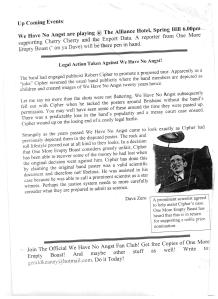

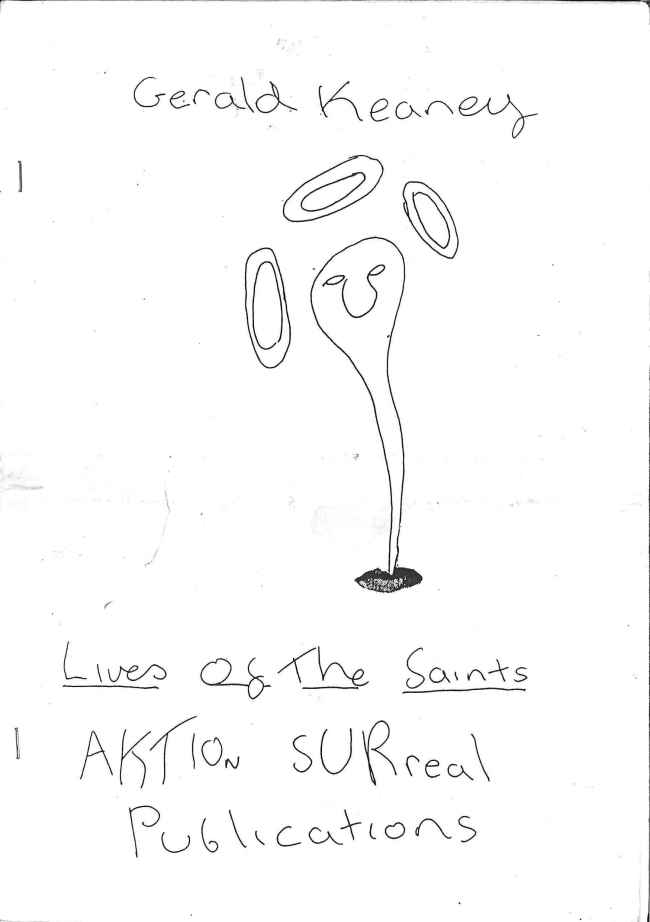
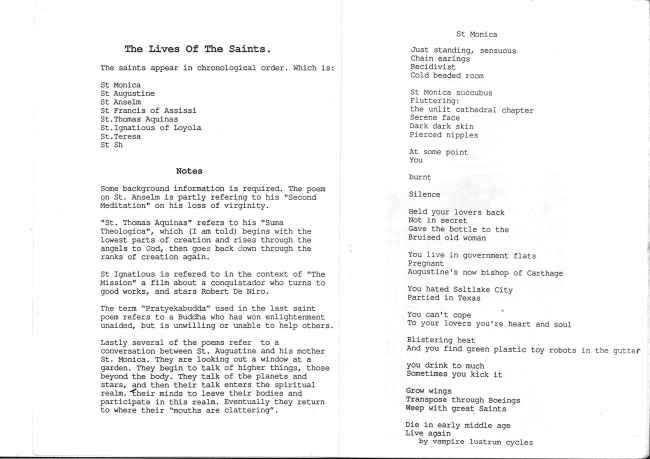
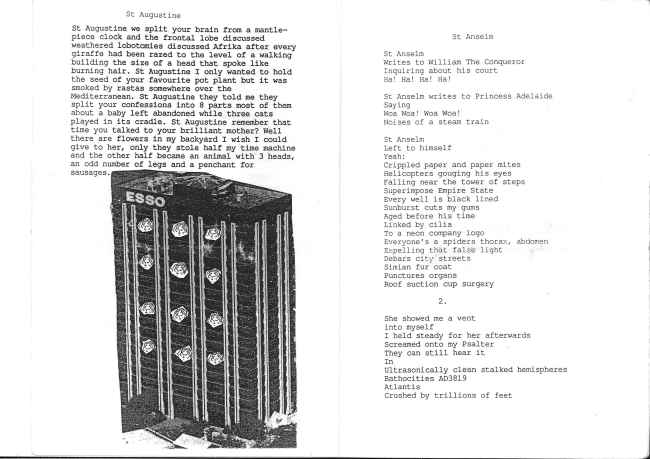
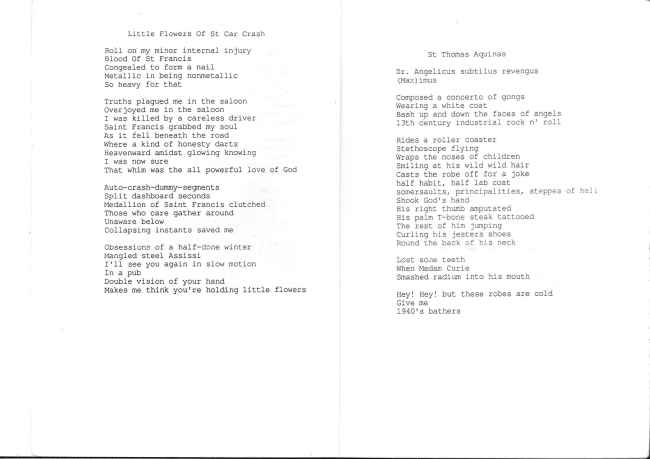

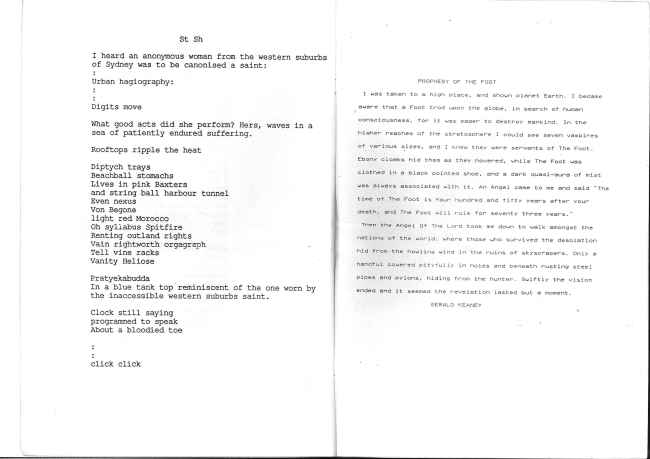


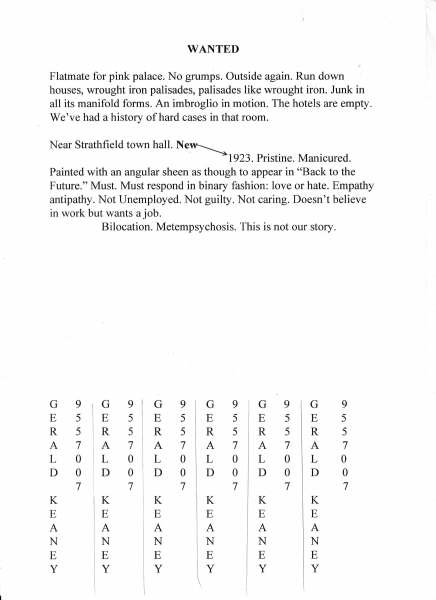
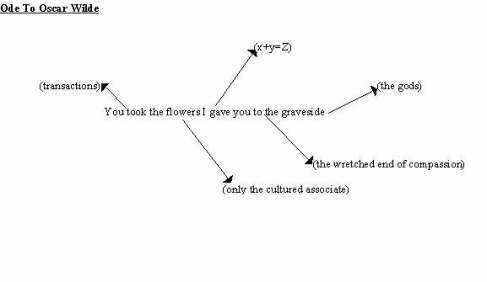
You must be logged in to post a comment.